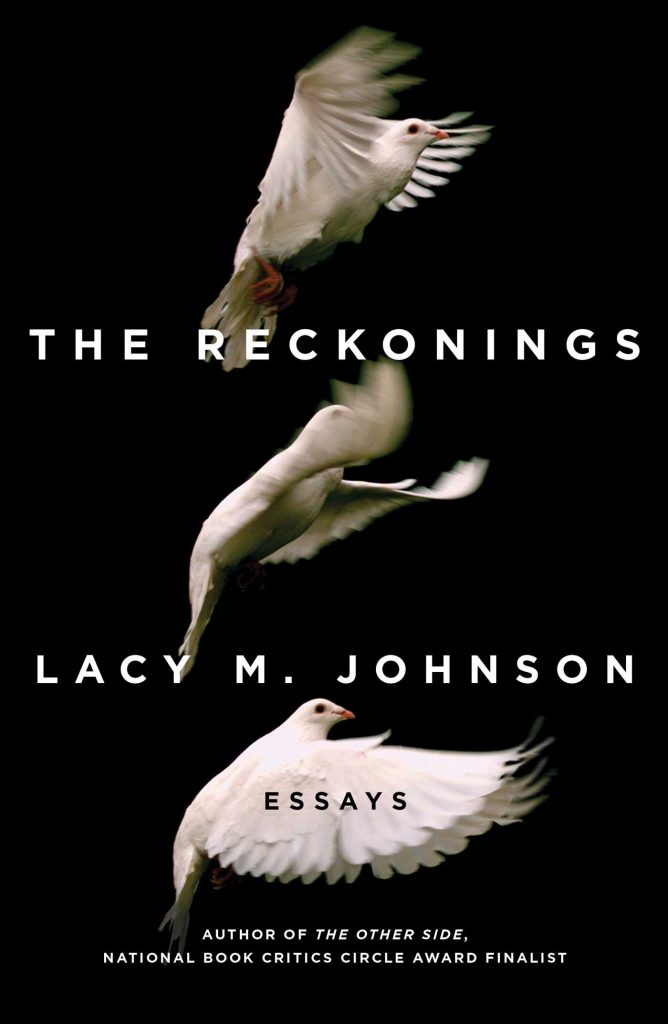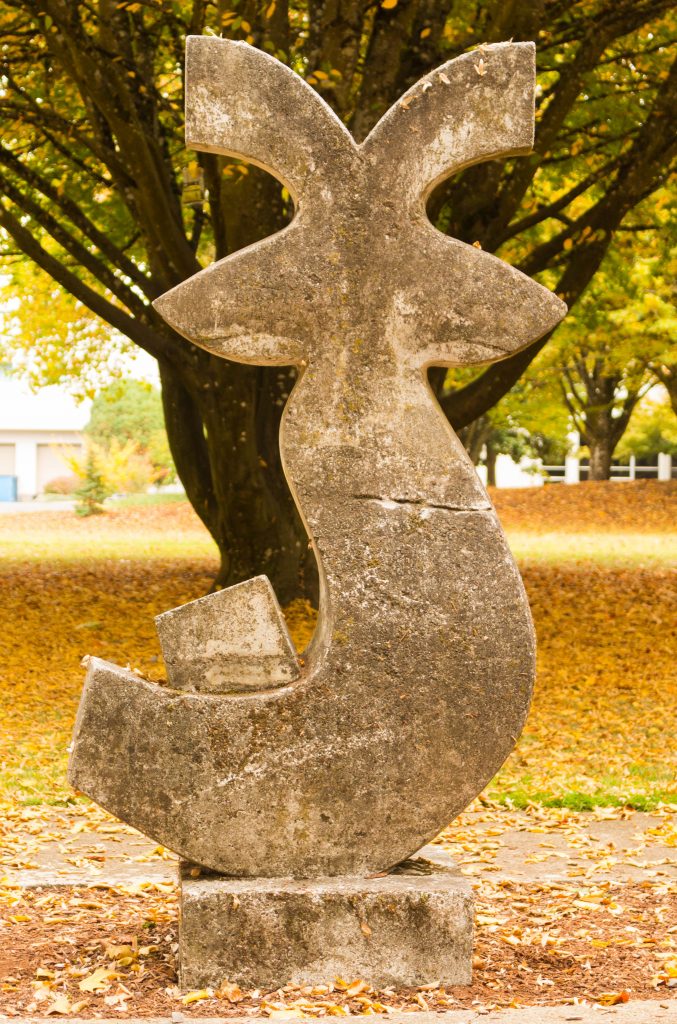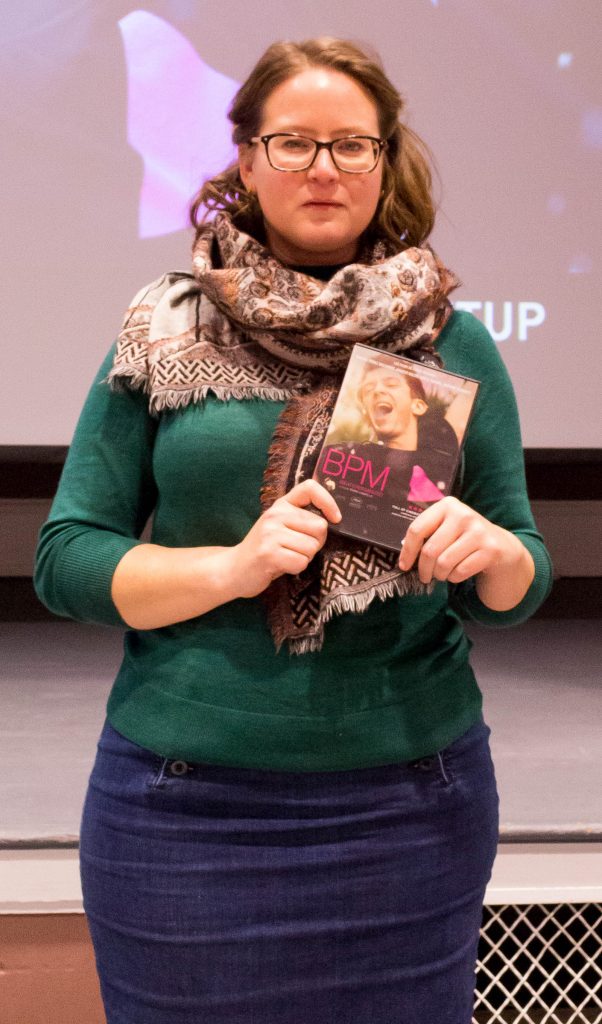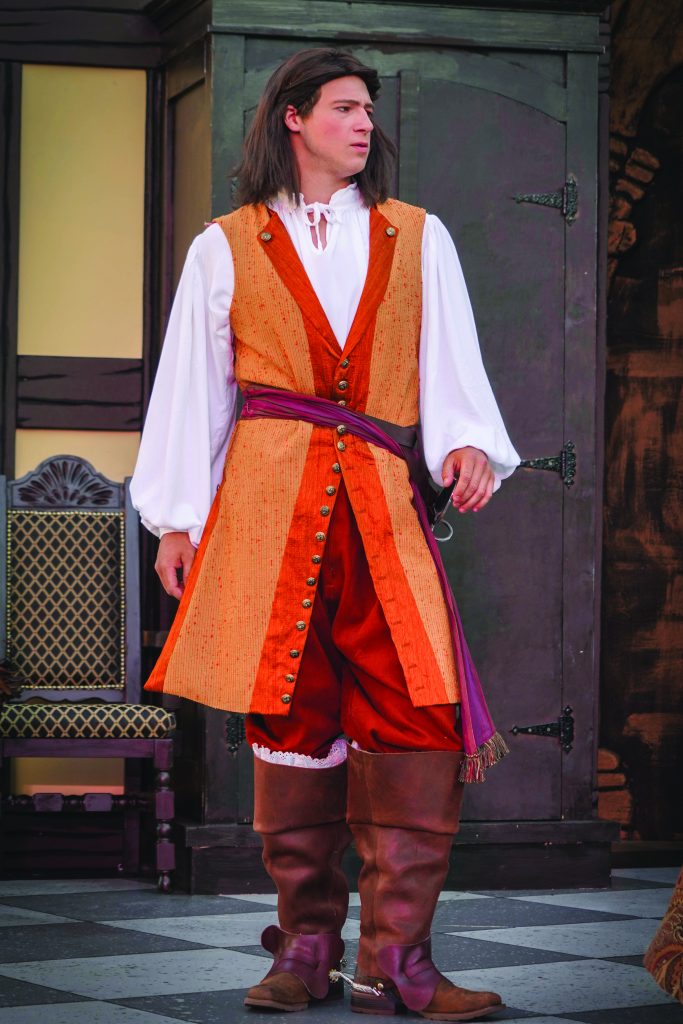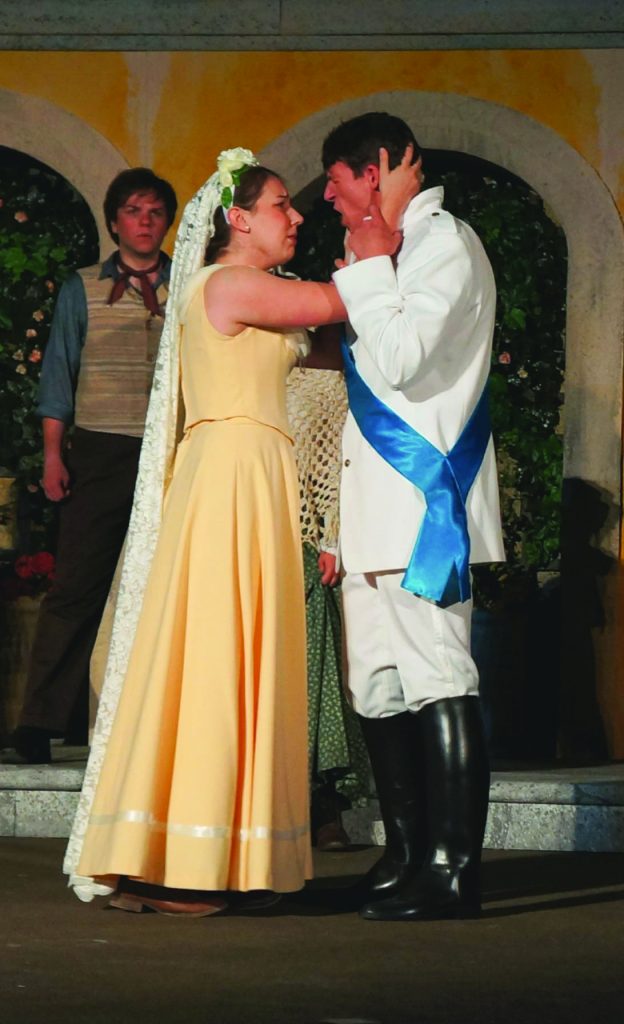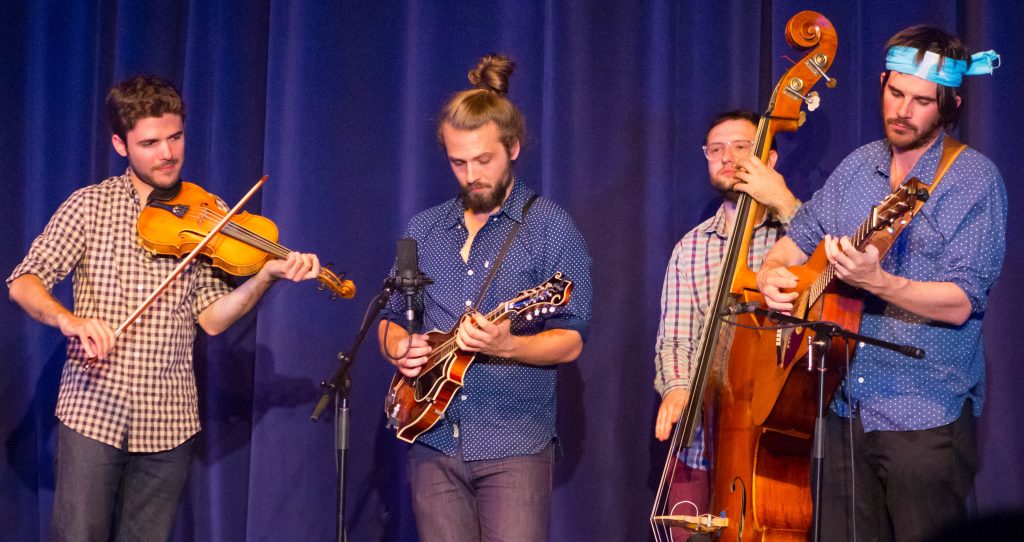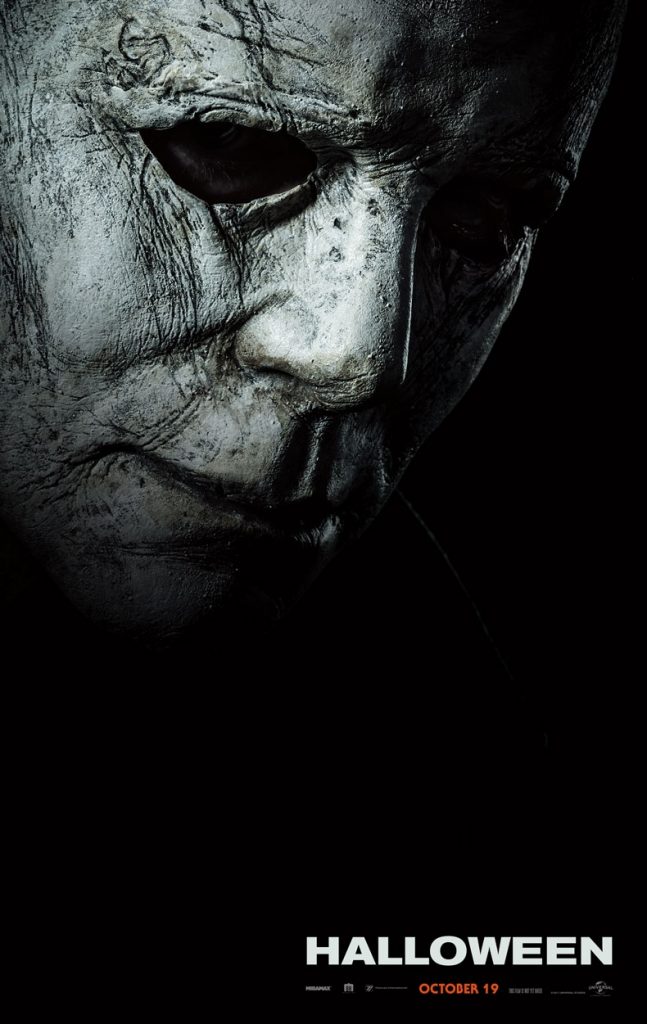
Caity Healy | Editor-in-Chief
As Sheriff Brackett put it in the 1978 film by the same name, “It’s Halloween — everyone’s entitled to one good scare.” With the 2018 “Halloween” release on Oct. 19, audiences everywhere got just that, as they were invited into the next generation of horror.
As an avid “Halloween” fan, I have to say that I was pleasantly surprised with this sequel. Choosing to ignore “Halloween 2” through “Halloween: Resurrection,” this installment simply took place 40 years after the infamous 1978 Halloween night — a decision that ultimately paid off, as, in my opinion, it has been the best installment in the series thus far, aside from the original.
Three generations of “final-women,” two new scream queens and the same knife-wielding villain took the screen for a slasher filled with more gore, and a far higher body count, than its predecessor.
While the film is generally enjoyable, especially for someone looking for a fun, slasher flick, it did have its flaws.
The character development felt drastic to me. Laurie Strode, the heroine, had one of the most obvious changes. A scared, 17 year old in the original film, morphed into a revenge-seeking, ultra-protective grandmother in the sequel was a significant change.
However, the character development that I mostly struggled with was Michael Myers. In the original film, his kills were methodical. He stalked, watching from afar and moved in a slow, menacing way. In this new installment, he moved more quickly and killed anyone that crossed his path. My guess is that it had to do with pent up aggression from being locked up for four decades.
His character also felt more human. For a good portion of the movie, he was unmasked. It made him feel more real, and in my opinion that took away from the inherent evilness that inhabits him.
The plot involved a lot of unnecessary detail that didn’t really add anything to the storyline. It almost felt as if they were trying to include as many nods to the previous installments as they could, and in doing so, added extra fluff.
That being said, I was actually a huge fan of the small references to the original series. The gas station from “Halloween 4: The Return of Michael Myers,” the woman with hair curlers from “Halloween 2,” and even short lines from the original were enough to make me smile when watching this film.
Overall, the film was enjoyable. However, it wasn’t very scary. Most of the scares are seen in the trailer, so I’d recommend seeing it without watching the trailer first.
I found the film to be entertaining, and it’s one that’s sure to please any generation of “Halloween” fans.
Overall Rating: I recommend this film.
Contact the author at howleditor@wou.edu
Photo courtesy of universalpictures.com


